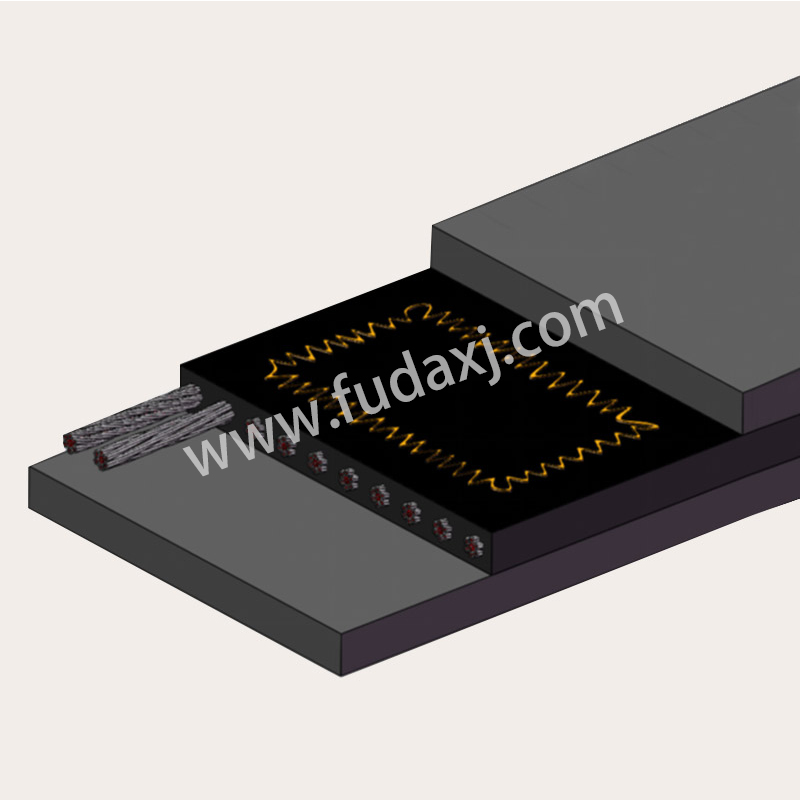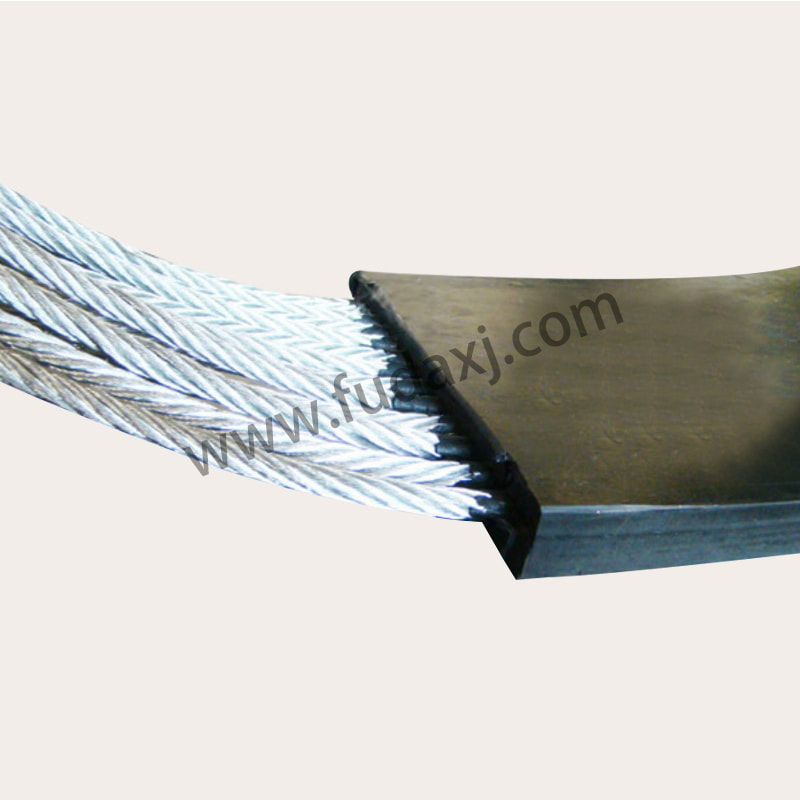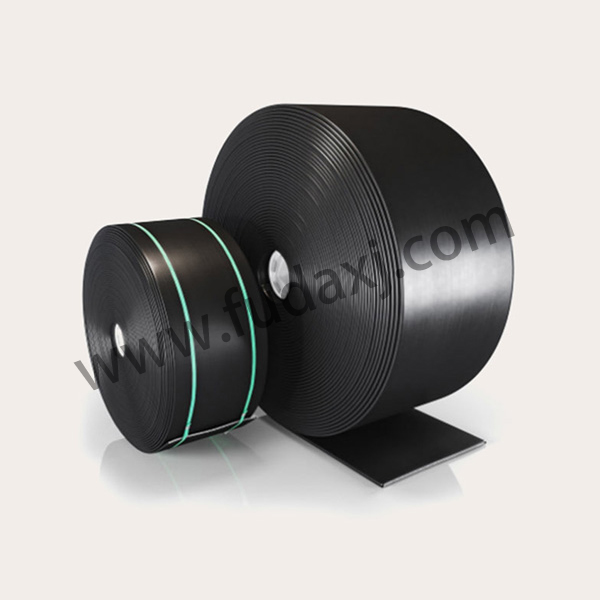
Sale Design Anti Tear Conveyor Belt Manufacturing Exporter
In the realm of industrial automation and material handling, conveyor belts play a pivotal role in streamlining operations. Among the many types of conveyor belts available, anti-tear conveyor belts stand out for their resilience and longevity. These belts are engineered to withstand the rigors of heavy-duty applications, reducing the risk of tears and extending the belt's service life.
Anti-tear conveyor belts are designed with a focus on durability and resistance to punctures. They are typically constructed with a reinforced fabric layer that provides additional strength and tear resistance. This layer is often made from materials such as polyester, nylon, or steel cords, which are known for their tensile strength and ability to withstand high stress.
Reinforced Construction: The core of an anti-tear conveyor belt is its reinforced construction, which includes multiple layers of fabric and rubber. This design ensures that the belt can handle heavy loads without compromising its integrity.
High Tensile Strength: The use of strong materials in the belt's construction results in a high tensile strength, allowing it to endure the pull and pressure exerted by heavy machinery without tearing.
Abrasion Resistance: Anti-tear belts are also designed to resist abrasion, which is crucial in environments where the belt may come into contact with abrasive materials.
Flexibility: Despite their strength, these belts maintain a degree of flexibility, which is essential for smooth operation around pulleys and in tight spaces.
Anti-tear conveyor belts are versatile and find applications across various industries due to their robust nature.
In mining operations, conveyor belts are exposed to sharp rocks and abrasive materials. Anti-tear belts are ideal for these conditions, as they can withstand the harsh environment and reduce the frequency of belt replacements.
Construction sites often require the transportation of heavy materials. Anti-tear belts can handle the weight and resist damage from sharp objects, such as metal scraps and debris.
In the aggregates industry, conveyor belts are subjected to heavy loads and abrasive materials like sand and gravel. Anti-tear belts are well-suited for these conditions, ensuring efficient material handling.
Recycling facilities deal with a variety of materials, many of which can be sharp or abrasive. Anti-tear belts are essential in these environments to prevent damage and maintain operational efficiency.
The use of anti-tear conveyor belts offers several benefits to industries that rely on conveyor systems.
By reducing the likelihood of tears and punctures, these belts small the need for repairs and replacements, resulting in less downtime and increased productivity.
Although anti-tear belts may have a higher initial cost, their longevity, and durability can pilot significant cost savings over time.
Fewer belt failures mean fewer safety hazards, as conveyor belt failures can pilot accidents and injuries.
The reinforced structure of anti-tear belts allows for higher load capacities and faster belt speeds, enhancing the overall performance of the conveyor system.
Anti-tear conveyor belts are an essential component in industries where durability and reliability are paramount. Their ability to withstand the demands of heavy-duty applications makes them a valuable investment for any operation looking to increase efficiency and reduce maintenance costs. As technology continues to advance, the development of even more robust and tear-resistant materials will further enhance the capabilities of conveyor belts, ensuring that they remain a cornerstone of industrial material handling for years to come.
 English
English 简体中文
简体中文 Español
Español عرب
عرب
 English
English





 Fax: 0086-576-83019528
Fax: 0086-576-83019528